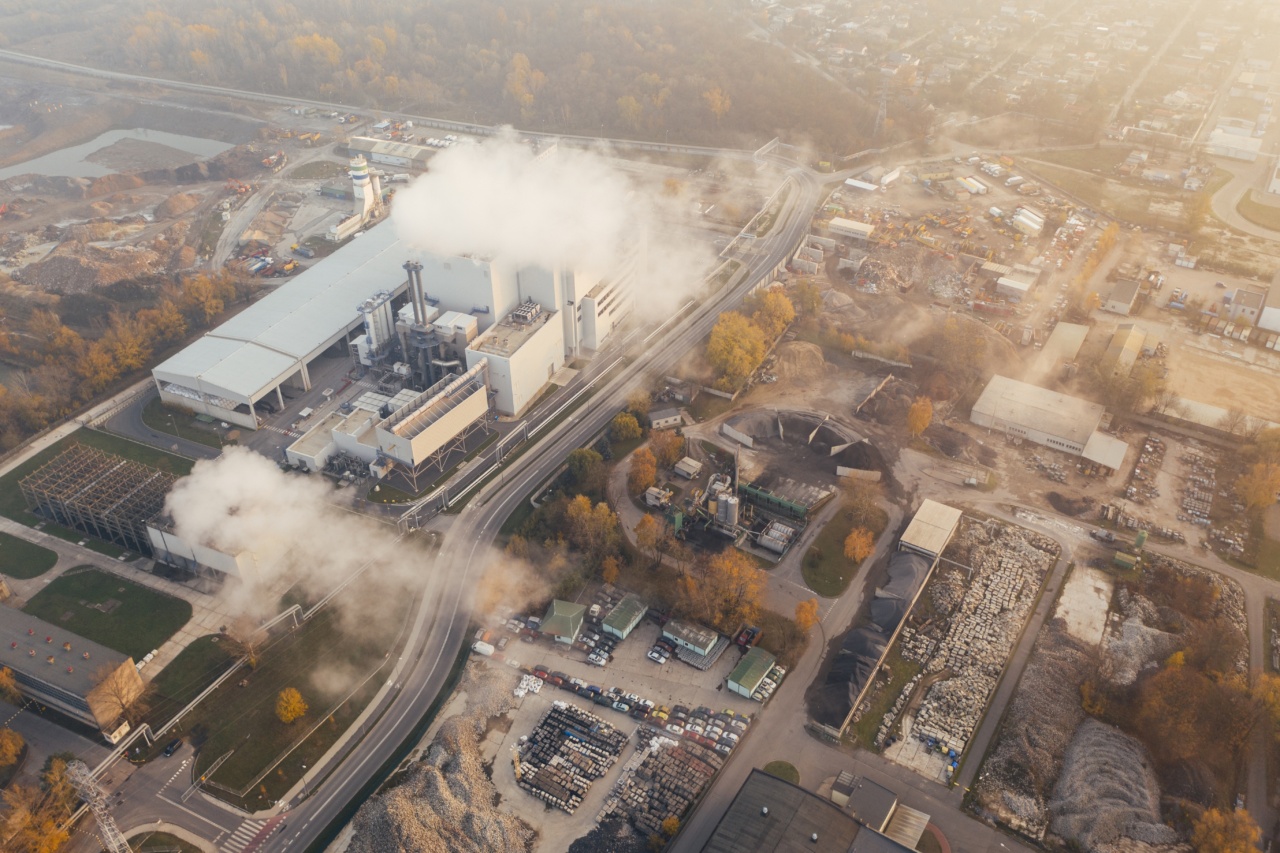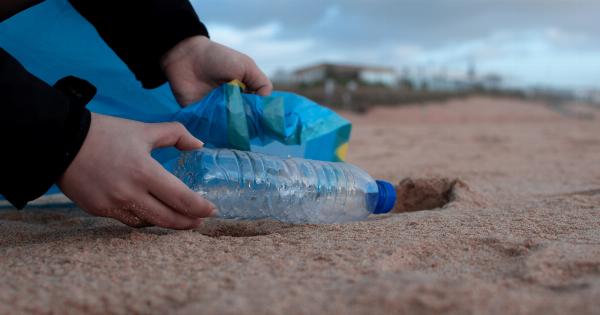People in cities around the world are facing an invisible but deadly menace: pollution. Air, water, and soil pollution are poisoning urban environments and causing a range of health problems, from respiratory diseases to cancer.
The problem is especially urgent in developing countries, where pollution levels are often high and regulations are lax. In this article, we’ll explore how pollution is affecting urban dwellers, what the key pollutants are, and what can be done to reduce the harm.
The Impact of Pollution on Health
Pollution is a major public health crisis, and it’s affecting people of all ages around the world.
The World Health Organization (WHO) estimates that outdoor air pollution causes 4.2 million premature deaths each year, while indoor air pollution is responsible for another 3.8 million deaths. The main health problems caused by pollution include:.
- Respiratory diseases, such as asthma and chronic obstructive pulmonary disease (COPD)
- Cancer, including lung cancer, bladder cancer, and leukemia
- Cardiovascular diseases, such as heart attacks and strokes
- Reproductive disorders, including reduced fertility and birth defects
- Neurological disorders, such as dementia and Parkinson’s disease
The impacts of pollution are particularly severe for vulnerable populations such as children, the elderly, and pregnant women, who are more susceptible to the harmful effects.
The Key Pollutants
There are many types of pollutants that contribute to urban pollution, but some are more harmful than others. The main pollutants include:.
Particulate Matter
Particulate matter (PM) is a mixture of solid and liquid particles that are suspended in the air. PM is created by a range of sources, including cars, factories, and wildfires.
The particles are categorized by size, with smaller particles being more harmful. PM2.5 (particles of 2.5 microns or less) can penetrate deep into the lungs and cause respiratory and cardiovascular problems. PM10 (particles of 10 microns or less) can cause irritation of the eyes, nose, and throat.
Nitrogen Dioxide
Nitrogen dioxide (NO2) is a gas that is primarily produced by vehicle emissions and industrial processes. It can cause respiratory problems and aggravate asthma and other lung diseases.
Long-term exposure to high levels of NO2 can lead to a range of health problems, including an increased risk of cardiovascular disease.
Sulfur Dioxide
Sulfur dioxide (SO2) is a gas that is produced by the burning of fossil fuels, particularly coal, oil, and gas. It can cause respiratory problems and aggravate asthma and other lung diseases.
Long-term exposure to high levels of SO2 can lead to an increased risk of respiratory and cardiovascular diseases.
Ozone
Ozone (O3) is a gas that is formed when sunlight interacts with pollutants such as nitrogen oxides and volatile organic compounds. It can cause respiratory problems, aggravate asthma, and increase the risk of lung infections.
Long-term exposure to high levels of ozone can lead to a range of health problems, including an increased risk of respiratory and cardiovascular diseases.
Reducing the Harm of Pollution
Reducing the harm of pollution will require action on multiple fronts, including regulatory measures, technological innovations, and public awareness campaigns. Some key strategies include:.
Reducing Emissions
To reduce the amount of pollutants in the air, it is essential to reduce emissions from sources such as vehicles, factories, and power plants.
This can be accomplished through regulations such as emissions standards, incentives for clean-energy technologies, and public transportation initiatives.
Improving Urban Planning
The way cities are designed can have a big impact on pollution levels. Compact and walkable neighborhoods, mixed-use developments, and investments in public transportation can help reduce the amount of driving and resulting emissions.
Green spaces and air-purifying technologies can also help improve air quality.
Investing in Clean Technologies
Advances in technologies such as electric vehicles, renewable energy, and carbon capture and storage can help reduce the amount of pollution produced by human activities.
Investing in research and development and supporting the growth of clean-tech industries can help accelerate the transition to a cleaner, healthier future.
Spreading Awareness and Advocacy
Public awareness campaigns can help educate people about the dangers of pollution and motivate them to take action. Grassroots activism and advocacy can push for stronger regulations and public investments to address the crisis.
Conclusion
Pollution is a global crisis that is affecting billions of people around the world. The health impacts are severe and far-reaching, and urgent action is needed to address the problem.
By reducing emissions, improving urban planning, investing in clean technologies, and raising public awareness, we can work together to create a healthier, more sustainable future for all.


























